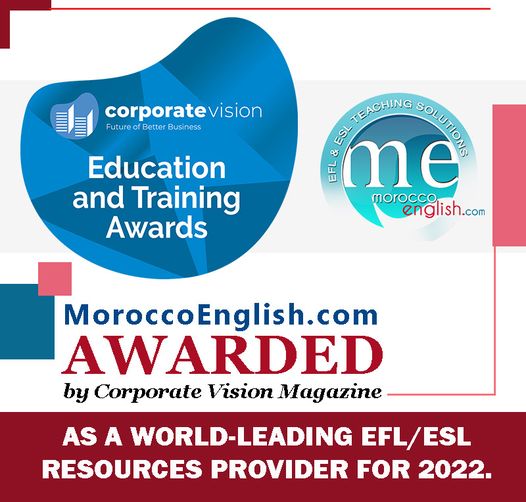A set of fun drama activities can be used in your classrooms to warm-up or for fluency based objectives. The activities are simple, not demanding to prepare, but quite motivating. Therefore, you students don’t need to be professional in acting to perform them.
1- Greetings:
Ask students to act greeting each in different way. Provide each pair of students with a specific situation in which their gestures, intonation, eye contact and body language should be relevant to the given situation such as:
- Greet your friend like someone you don’t trust
- Greet your friend like you hate
- Greet your friend like someone you haven’t seen for a long time.
- Greet your friend like a little baby.
- someone you are secretly in love with
LEVELS: all, except total beginners
2- Students-Channel
The teacher needs to use a remote control in this activity. Divide the class into groups. Ask each group to choose a channel or a television show such as an action movie, a talk show, news, a sportscast … Point the remote at one group pretending to turn on a channel. The group must act the show they represent. After a while, change the channel by pointing to a different group. Then, the first group stops, the second starts. Encourage the groups to be creative so you can watch their performance for a longer time. On another session, you can give the remote control to a student to change the channels.
LEVELS: pre-intermediate and up
3- Alphabet Dialogue
In this activity the students, as a class or in groups, are asked to perform a long dialogue. The first student starts the dialogue with a given letter ( it can be chosen by the students) for example ‘R’. The second one, continues the dialogue with the next letter after ‘R’ which is ‘S’. The next student must perform the third line of the dialogue which should start with ‘T’ , and so on, until all letters have been covered. After ‘Y’ comes ‘A’. Students that use the wrong letter leave the game. The next student continues the dialogue.
See below an example of a relevant dialogue:
A- Anyway
B- but
C- come on, think about it
D- doesn’t that mean…?
E- Emm
F- Fine, but…
G- Great point.
H- Hmmm…
I- I’d say…
J- Just a minute…
L- Let me see,
M – Mmmmm
N – Now, as I was saying…
O – oh, but…
P – Put another way…
R – Right…
S – So…
T – Talking about….
U – Ummm
V – Very interesting, but…
W – Well…
Y – Yes, I know but…
4- The Good, the Bad and the Ugly Advice:
5-The Fortune Teller with Two Heads:








































